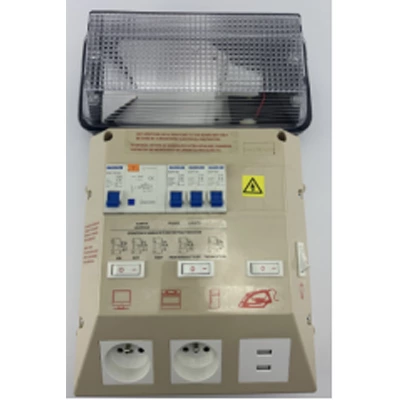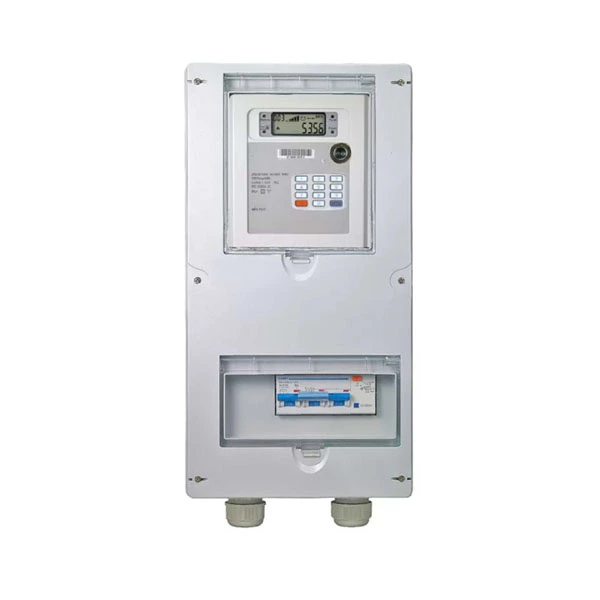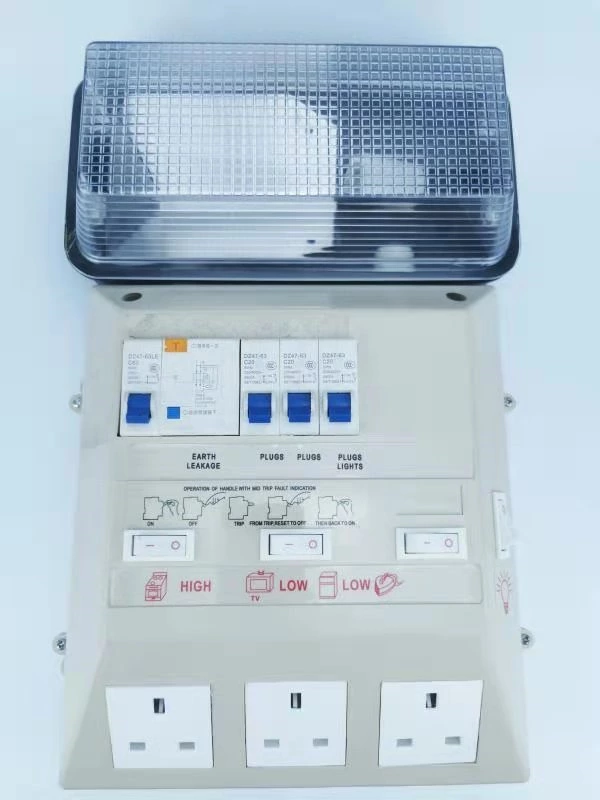How does the distribution box manufacturer maintain the distribution box?
The maintenance of the distribution box is very important to ensure the stable operation of the power system. Here are some key steps manufacturers can take:
Regular inspection: Visual inspection is carried out monthly or quarterly to check whether the appearance of lines, wiring and equipment is normal. Find problems and fix them in time.
Tighten the connection: Regularly check the fastening of the connecting bolts and cables to ensure that the electrical connection is firm and reliable.
Cleanliness and Hygiene: Keep the area around the distribution box clean to avoid the accumulation of dust and debris to reduce the risk of fire.
Temperature monitoring: Install temperature sensors to monitor the temperature of electrical equipment to ensure that the rated temperature is not exceeded.
Moisture-proof measures: Install appropriate moisture-proof equipment in humid environments to prevent electrical components from getting wet.
Spare Parts Inventory: Maintain an inventory of spare parts, including fuses, circuit breakers, etc., so that they can be quickly replaced when required.
Record maintenance: establish maintenance records, record the date, maintenance content and personnel of each maintenance, so as to track the historical maintenance status of equipment.
Periodic testing: Electrical safety tests, such as leakage protector testing and insulation resistance testing, are performed regularly to ensure that the equipment is functioning properly.
Train personnel: Train maintenance personnel so that they know how to safely operate and maintain the distribution box.
Check cables regularly: Check the appearance and insulation of the cables to make sure there are no damaged or aged cables.
By taking these maintenance measures, manufacturers can ensure the reliability and safety of distribution boxes, reduce downtime and repair costs, and extend the service life of equipment.



